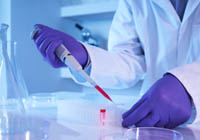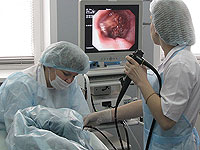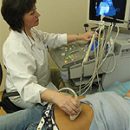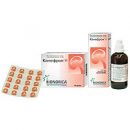Basic diagnostic methods Torch infection. ELISA and PCR with Torch infection. Normal and decoding.
Content
Methods of ELISA and PCR with Torch infection
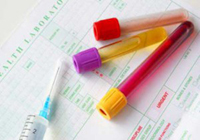
Torch infection — Microorganisms that cause serious diseases in humans.
These include:
- toxoplasmosis;
- rubella;
- cytomegalovirus;
- Virus is a simple herpes;
- Dr. Infections: hepatitis (B, C, E, D), HIV, chlamydia, syphilis.
Torch infection diagnostic methods:
- Immunoenimen analysis (IFA);
- Polymerase chain reaction (PCR).
Principle of IFA — Determination of antibodies generated by the body in response to infection. When conducting an analysis, the reaction of the known pre-specific antigen of the pathogen with antibodies in blood samples is recorded. Knowing the amount of antigen, you can determine the titer of antibodies in the blood of the patient. The more active the infection in the human body, the higher the titer of antibodies.
Decoding IFA tests on Torch
Titres have a numerical value. Depending on the manufacturer of test systems, the results may have the form of a volumetric titer ratio (for example, norm to 1: 5) or to be measured in me / ml (international unit per 1 ml.). Sometimes me / ml is not written. Normal values are indicated in the analysis.
PCR principle — Definition in biological material of the genome of a specific pathogen. If it is presented in the samples under study, conditions are created for multiplication of nucleic acid-specific infection. Number of copies can be measured.
Deciphering PCR analyzes on Torch
Decoding can be a qualitative (type response negatively positively) and quantitative (the number of copies of the pathogen DNA per unit volume of biological material obtained from the patient, in me / ml). Quantitative analysis of PCR allows you to determine the activity of infection, microbial or viral load and has a numeric value in the case of a positive response.



